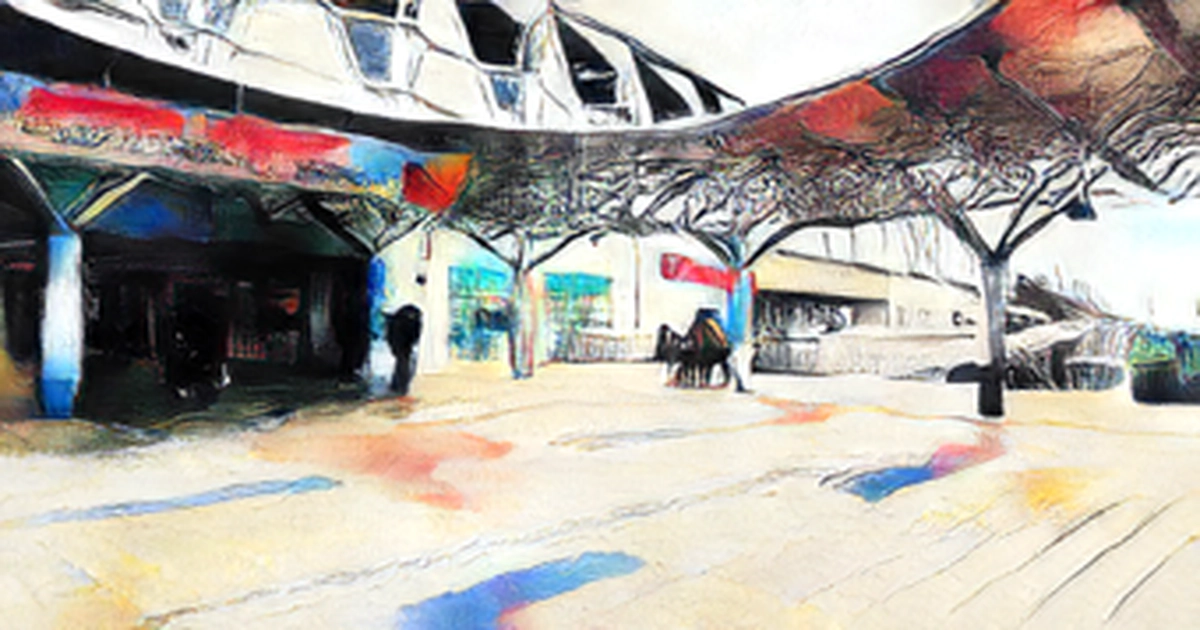
Moriya Station along the Tsukuba Express Line in Moriya, Ibaraki Prefecture, is accessible within 40 minutes to Tokyo's Akihabara Station. Kae Morishita With a push from thepandemic, Ibaraki is moving to shed its image as the least attractive prefecture in Japan.
With teleworking becoming more common, workers are moving to the comforts of Ibaraki and other rural areas to escape the hustle and bustle lifestyles of urban centers, such as Tokyo.
In 2021, 3,501 more people were relocated to Ibaraki Prefecture, the largest year-on-year increase among all 47 prefectures, according to data from the internal affairs ministry. Saitama came in second place, followed by Kanagawa, another Tokyo area prefecture.
In 10 prefectures, incoming residents were more than those who left.
Ibaraki has the seventh largest net population increase in the country. Yamanashi and Gunma prefectures ranked ninth and 10th, respectively.
Since the current form of measurement began in 2014, it was the first time for the three prefectures to record more incoming residents than outgoing residents.
Another ministry indicator adjusts for resident number gaps between rural and urban areas by dividing prefectures resurgence-caused net population increases by their resident numbers as of Oct. 1 each year, and then multiplying the figure by 100.
The numbers are released at the end of April the following year.
The ministry said this index is important for migration trends and provides a more practical list of regions that are popular among relocating people.
Ibaraki was sixth in 2021, ahead of the major areas of Tokyo and Osaka, according to the index.
Most of the people who moved to Ibaraki Prefecture in 2021 came from Tokyo.
In the wake of the coronaviruses crisis teleworking has become more common, making it less advantageous to live in Tokyo's 23 wards where rents for housing are expensive, said Mika Kasamatsu, deputy chief editor of the residential information website Suumo.
Kasamatsu said that the tendency for people to move to neighboring areas has become clear. Ibaraki has gained popularity because families are turning to its convenience, cheaper land prices and other cost-effective features. Before the COVID-19 epidemic, the population influx ratio for Ibaraki was below zero, meaning more people left the prefecture than those who moved in.
It placed No. Tomoya Aoki, a resident of the prefecture, said he was volunteered to check details of the Ibaraki-set manga Dappe Teikoku no Gyakushu Comeback of Dappe Empire published by Shogakukan Inc.
He said that Ibaraki's era had finally come and offered my cooperation.
The manga focuses on local officials struggling to raise their profile after it placed last for seven consecutive years in a survey on the attractiveness of prefectures.
Ibaraki's lowest rank for seven consecutive years has been a joke on TV and other media, but this has put the prefecture in the national spotlight, Aoki said. Administrative bodies started public relations efforts in earnest. A representative of Ibaraki's planning division said that the recent success in attracting new residents is a result of prefecture-wide approaches.
The representative said we have been forging ahead with all-Ibaraki policies, such as subsidies for relocations and telework here and improving education to raise students performances, and to get more people involved in Ibaraki Prefecture. The science city of Tsukuba in the prefecture had the seventh highest net population increase among all the municipalities in Japan in 2021, according to the seventh relocation-caused net population.
This was largely due to the Tsukuba Express Line that connects the city with Tokyo's downtown Akihabara Station in less than 50 minutes.
The population of Moriya and Tsukuba-Mirai along the line has gone up as well.
